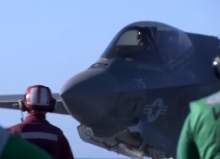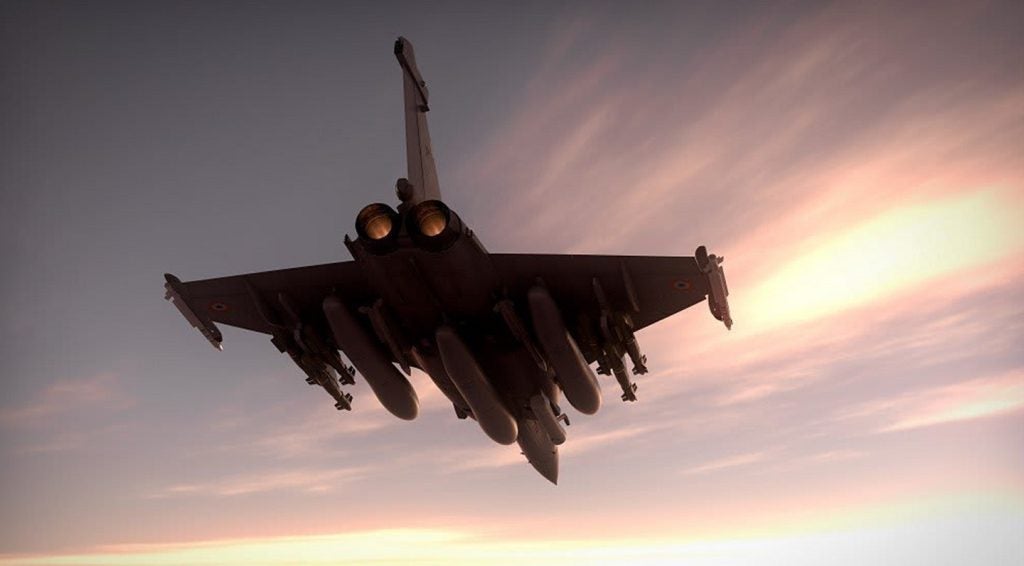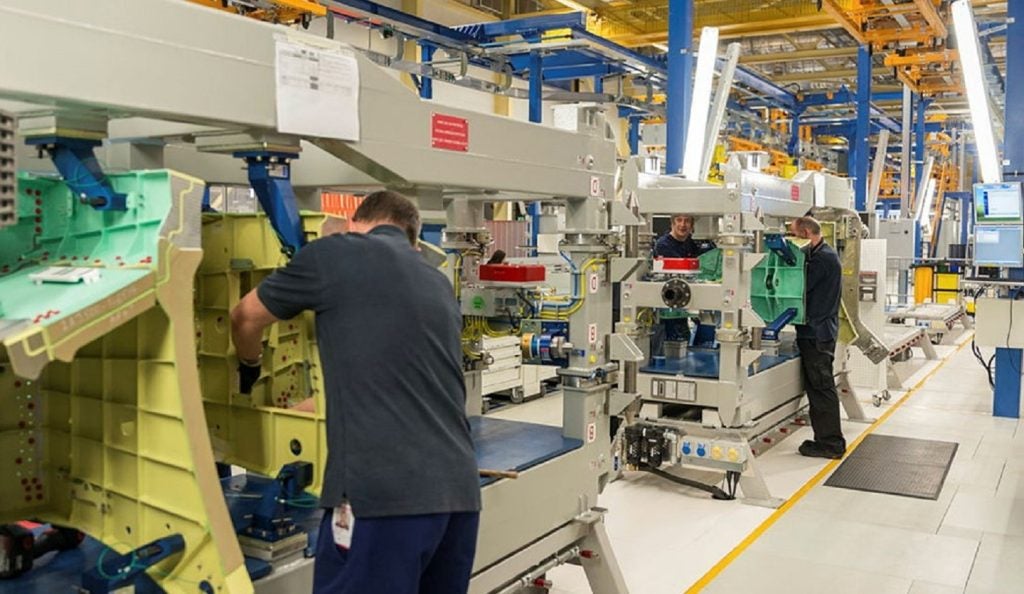
Sandia eye-like zoom
The zoom function on rifle scopes is vital for soldiers, and especially snipers, to get a close-up view. Current optical zoom magnification works by adjusting the positions of lenses along the optical axis, but it can require the shooter to change grip on the weapon and risk losing sight of the target.
Sandia National Laboratories has come up with a solution called rapid adaptive zoom for assault rifles, or RAZAR. The battery-powered zoom changes the focal lengths of lenses by varying the curvature of their surfaces like the human eye, which enables the shooter to view a wide-angle image or zoom in on an area of interest.
The technology could also be used in medical imaging, binoculars and mobile phone cameras.
How well do you really know your competitors?
Access the most comprehensive Company Profiles on the market, powered by GlobalData. Save hours of research. Gain competitive edge.

Thank you!
Your download email will arrive shortly
Not ready to buy yet? Download a free sample
We are confident about the unique quality of our Company Profiles. However, we want you to make the most beneficial decision for your business, so we offer a free sample that you can download by submitting the below form
By GlobalDataDCNS nuclear-inspired submarine
Nuclear submarines are awash with new technologies, but many navies are committed to only buying conventional submarines. French shipbuilder DCNS has unveiled the SMX-Oce´an, a concept diesel-electric attack submarine that includes capabilities usually only found on the latest nuclear-powered submarines.
DCNS developed a high-performance air-independent propulsion system using second-generation fuel cells that let it cruise submerged for up to three weeks. It would carry what DCNS dubs ‘4D firepower’, including torpedoes, mines, anti-ship missiles, cruise missiles, and anti-air missiles.
Researchers are looking to ways to help robots land safely and then quickly resume their mission.
Unlike other conventional subs, it could deploy Special Forces, combat swimmers, unmanned underwater vehicles, and even unmanned aerial vehicles. Whether SMX-Oce´an makes the transition from concept to deployment remains to be seen, but the technology could help future conventional submarines rival nuclear submarines.
First F-35 carrier landing
It’s the demonstration every navy that has purchased the F-35C has been holding its breath for; In November a US Navy Joint Strike Fighter successfully completed its first-ever landing on an aircraft carrier. Now two F-35C aircraft have repeatedly taken off from and landed on the carrier USS Nimitz off the coast of San Diego as part of the initial at-sea testing phase.
The C variant of the F-35 is specifically designed for aircraft carrier operations with larger wings, folding wingtips, upgraded landing gear and greater fuel capacity. Lockheed Martin was forced to redesign the tailhook last year after testing found it couldn’t catch the wires properly – you can see in it action here.
The F-35C is due to enter service with the US Navy in 2018 launching a new era of aircraft carrier operations.
Follow Berenice Baker on Google+


.gif)




